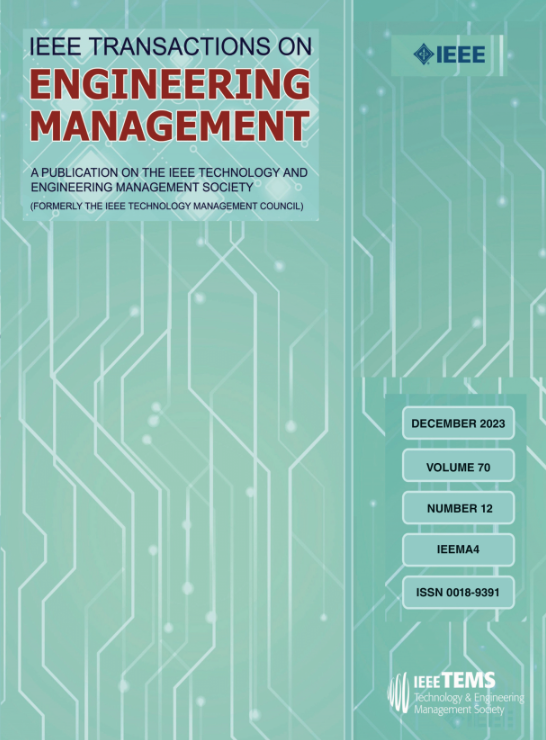Robust Decisions of Omnichannel Retail Operations for an Overconfident Manufacturer Considering Short Life-Cycle Products and Cap-and-Offset Policy
IF 5.2
3区 管理学
Q1 BUSINESS
引用次数: 0
Abstract
With the introduction of buy-online-and-pickup-in-store (BOPS) services, it has been unclear whether physical stores should have their own online channels when overconfident behavior, carbon abatement, and incomplete demand information are considered in the manufacturer’s operations. This practical issue motivates us to investigate an overconfident manufacturer under a cap-and-offset policy who sells products through the omnichannel retail model. Three types of customers in this model are classified, and only the expectation and variance of stochastic demand are captured. The operational stages related to production, inventory, and transportation contribute to carbon emissions. We first consider the self-operated online channel and the independent channel and develop two corresponding distributionally robust newsvendor models. The analytic expression of the optimal robust manufacturing quantity for each model is solved. We compare the operational efficacy of an overconfident manufacturer in the self-operated online system with that in the independent system. The results show that the net profit from selling each unit item to online customers is a significant factor in comparing the profit and carbon emissions of overconfident manufacturers in the two omnichannel retail systems. Numerical experiments are conducted to complement the theoretical models and examine the effects of several major parameters on the two systems in the omnichannel retail model. This article provides the manufacturer with valuable knowledge of the robust manufacturing strategy and integration between the online and offline channels under the omnichannel retail model.考虑产品生命周期短和限额抵消政策的过度自信制造商全渠道零售运营稳健决策
随着网上购买和店内提货(BOPS)服务的引入,当考虑到制造商运营中的过度自信行为、碳减排和需求信息不完整时,实体店是否应该拥有自己的在线渠道一直是不明确的。这一实际问题促使我们研究一个过度自信的制造商在限额与抵消政策下,通过全渠道零售模式销售产品。该模型对三种类型的客户进行了分类,只捕获了随机需求的期望和方差。与生产、库存和运输相关的操作阶段会产生碳排放。我们首先考虑了自营在线渠道和独立渠道,并建立了两种相应的分布稳健的报贩模型。求解了各模型的最优鲁棒制造量的解析表达式。我们比较了过度自信的制造商在自营在线系统和独立系统中的运营效率。结果表明,在两种全渠道零售体系下,过度自信制造商的利润和碳排放比较中,向在线消费者销售每件商品的净利润是一个重要因素。通过数值实验对理论模型进行了补充,并考察了全渠道零售模型中几个主要参数对两种系统的影响。本文为制造商提供了在全渠道零售模式下稳健的制造策略和线上线下渠道整合的宝贵知识。
本文章由计算机程序翻译,如有差异,请以英文原文为准。
求助全文
约1分钟内获得全文
求助全文
来源期刊

IEEE Transactions on Engineering Management
管理科学-工程:工业
CiteScore
10.30
自引率
19.00%
发文量
604
审稿时长
5.3 months
期刊介绍:
Management of technical functions such as research, development, and engineering in industry, government, university, and other settings. Emphasis is on studies carried on within an organization to help in decision making or policy formation for RD&E.
 求助内容:
求助内容: 应助结果提醒方式:
应助结果提醒方式:


